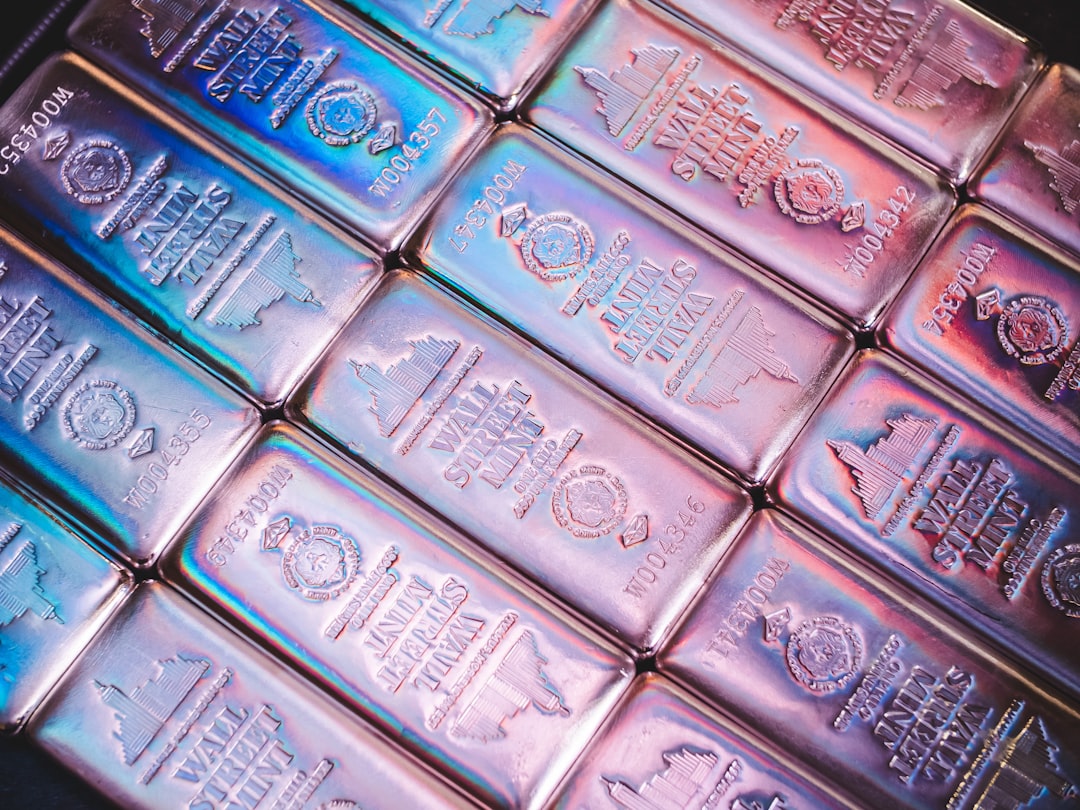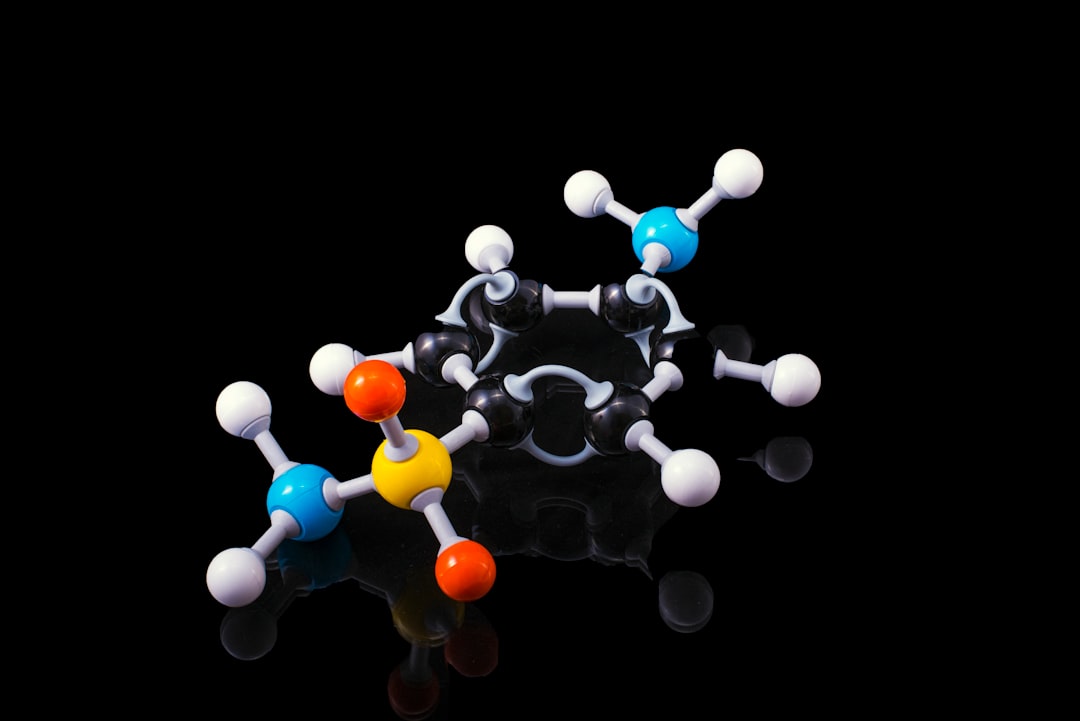What is it about?
Real experimental data always contain inevitable noise. Estimating the noise level with respect to the signal level is important. Beamtimes at x-ray facilities such as x-ray free electrons lasers are precious. If one can simulate the expected signal and noise levels of a target experimental system, it would greatly aid in preparing for better beamtime proposals and experiments. Eventually, this ability will allow for using the beamtime as efficiently as possible.
Featured Image
Why is it important?
Our program (SCube) allows for simulating the noise as well as the signal of time-resolved x-ray solution scattering (liquidography) data. Simulating the signal is already well developed because it is required for extracting structural information by fitting the calculated data to the experimental data. However, estimating the noise itself is seldom performed. Our work fills in this gap.
Perspectives
This program (SCube) can be used to estimate the levels of noise and signal for a target molecular systems of interest and to quantify the expected experimental time. Such quantification of the expected noise should aid in writing beamtime proposals. as well as using beamtime as efficiently as possible.
Hyotcherl Ihee
Korea Advanced Institute of Science and Technology
Read the Original
This page is a summary of: Estimating signal and noise of time-resolved X-ray solution scattering data at synchrotrons and XFELs, Journal of Synchrotron Radiation, March 2020, International Union of Crystallography,
DOI: 10.1107/s1600577520002738.
You can read the full text:
Contributors
The following have contributed to this page










